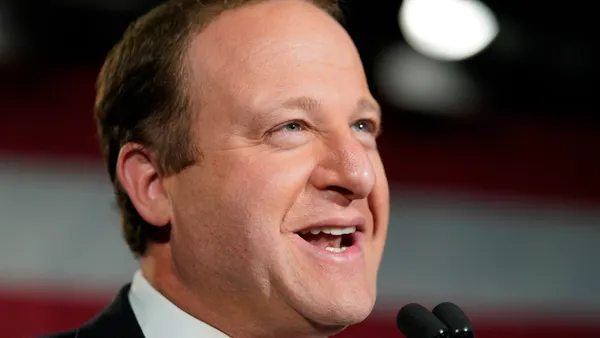Dive Brief:
- ProPublica and The New York Times co-published a report showing that a long list of companies are using Facebook's job ads platform to omit older job seekers. Using a technique called "microtargeting," Verizon, Amazon, Target, Goldman Sachs and other companies — including Facebook — are running job ads that only young people can see.
- Critics call the practice unlawful and in violation of the Age Discrimination in Employment Act (ADEA). A few companies, like Amazon and HubSpot, agreed to stop microtargeting on Facebook, but others, like Target, State Farm and Goldman Sachs, deny they intended to discriminate against older job seekers or defend the ads as marketing strategies similar to AARP and Teen Vogue's that target certain age groups.
- The report points out that anyone can see the ads on AARP and Teen Vogue, but that the ads on Facebook are hidden from everyone but the target group.
Dive Insight:
Proving that discrimination is intentional can be difficult. But as ProPublica notes, job ads that are hidden from a particular group, and in this case a legally protected group, oppose the idea of an open job market in which everyone has a fair chance at applying for an opening.
Ageism is entrenched in the workplace, despite organizations' claims that they don't discriminate against older workers. Bias against people age 50 and older is almost synonymous with the tech industry. An Indeed survey found that 43% of tech workers worry about getting fired because of their age. And Facebook, under fire here, is already facing up an age-discrimination lawsuit by a former employer.
To fix the issue and avoid liability, employers must pro-actively analyze their own ads for language that suggests only young job seekers need apply. Describing the ideal candidate as "energetic" or the workplace as "fast-paced" are dog whistles in some organizations noting that older workers shouldn't apply. But older workers often have the knowledge and experience needed to fill certain skills gap and therefore shouldn't be automatically passed over.
For proof of those skills, look no further than the contingent workforce. Older workers — not millennials — are driving the gig economy, according to Mavenlink research. As more employers look to hire independent contractors, freelancers, consultants and temporary workers for their years of experience and education, they may be relying on older workers after all.











